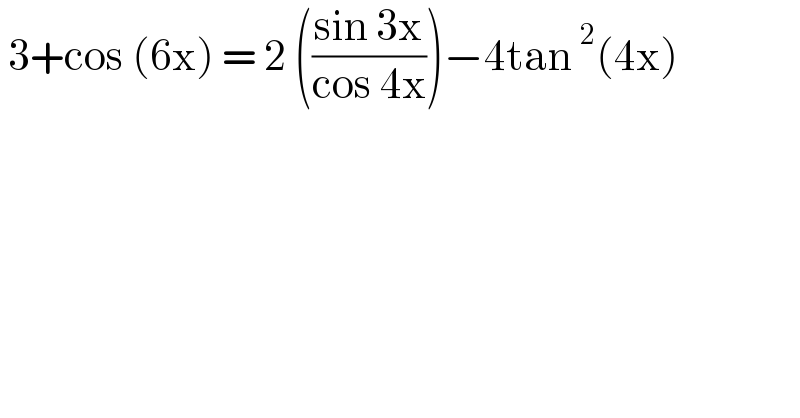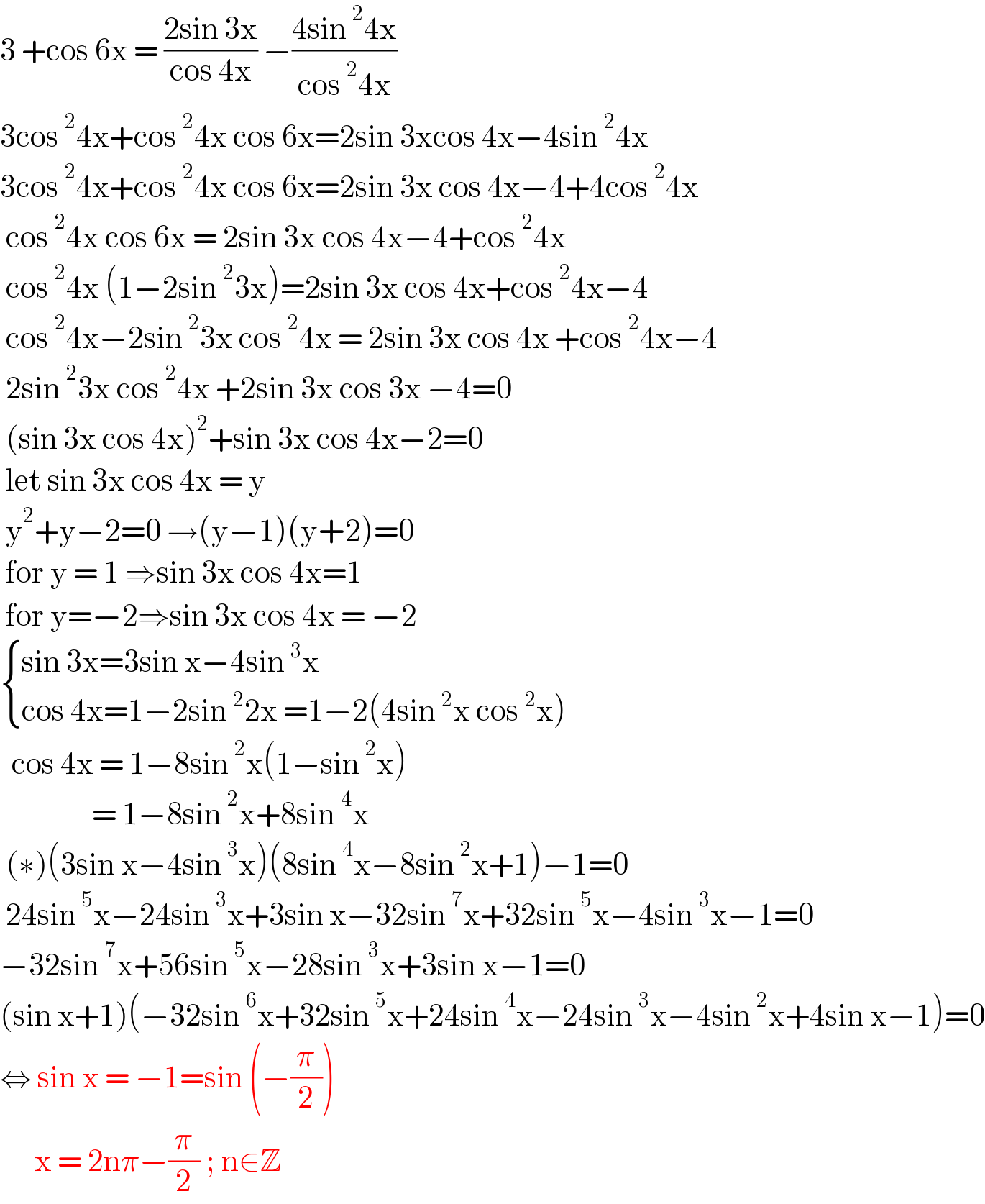
Question and Answers Forum
Question Number 129958 by bemath last updated on 21/Jan/21

Answered by MJS_new last updated on 21/Jan/21

Commented by EDWIN88 last updated on 22/Jan/21

Commented by MJS_new last updated on 22/Jan/21

Answered by EDWIN88 last updated on 22/Jan/21

Commented by MJS_new last updated on 22/Jan/21

Commented by EDWIN88 last updated on 22/Jan/21

